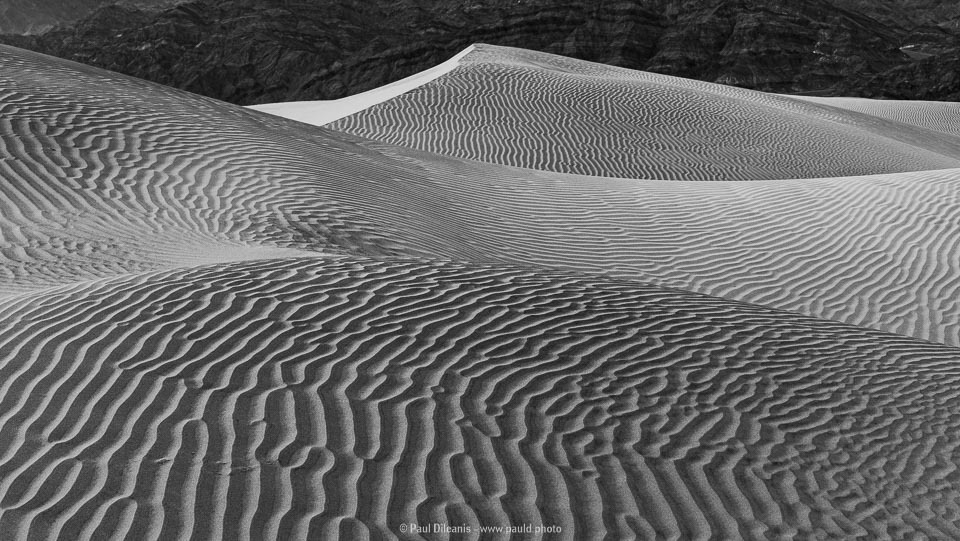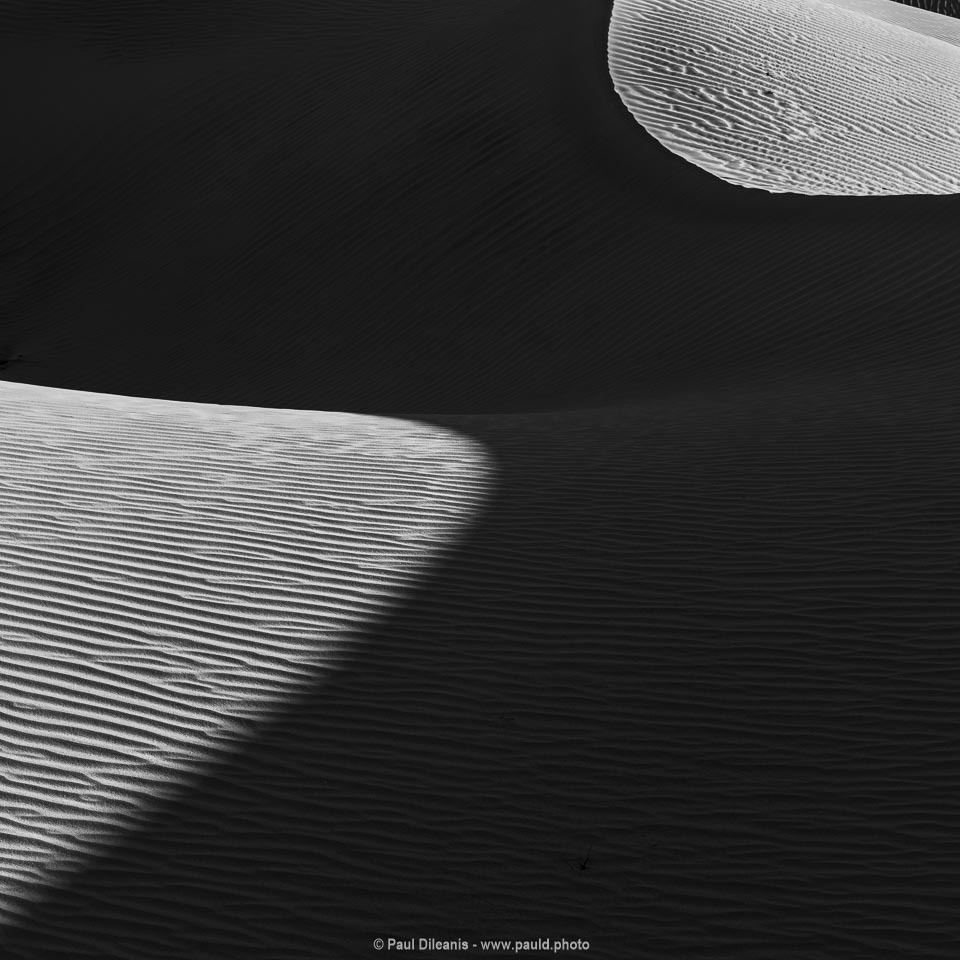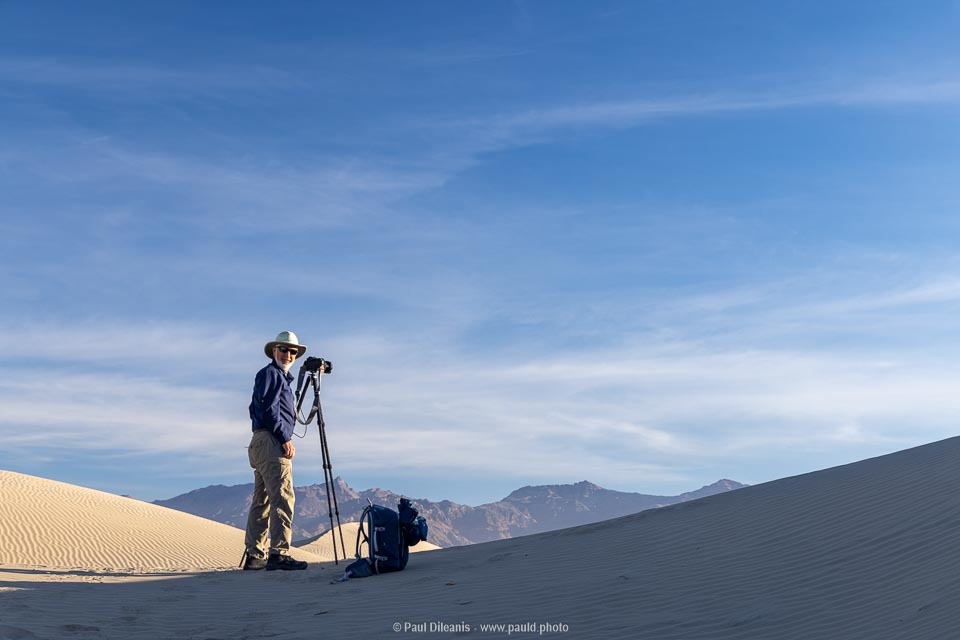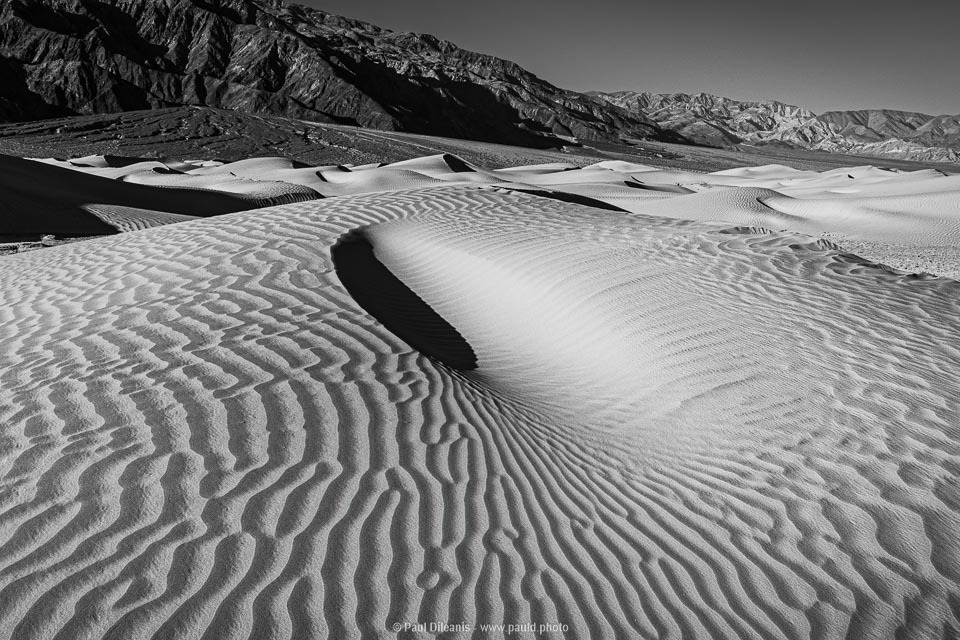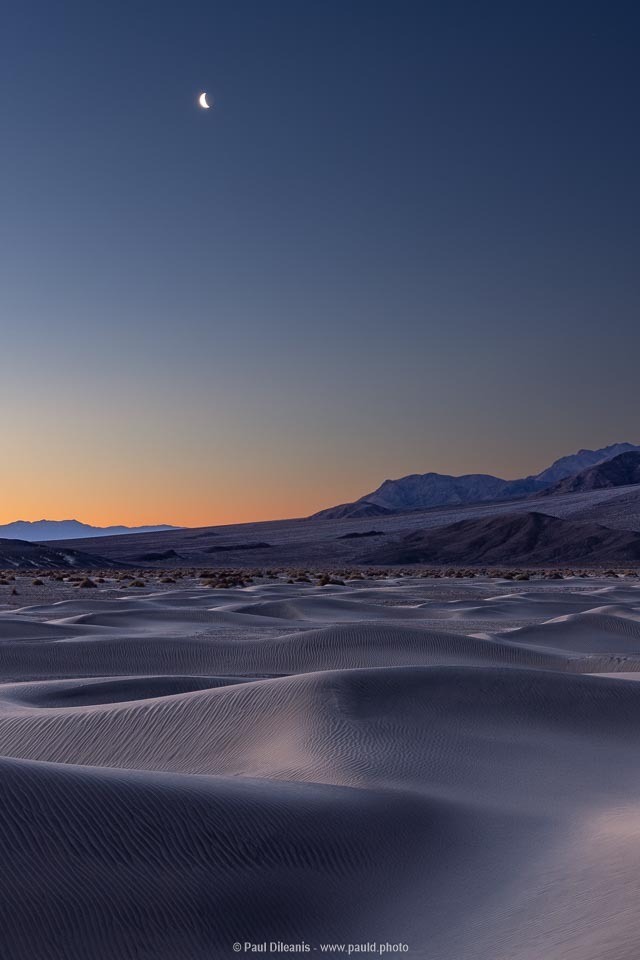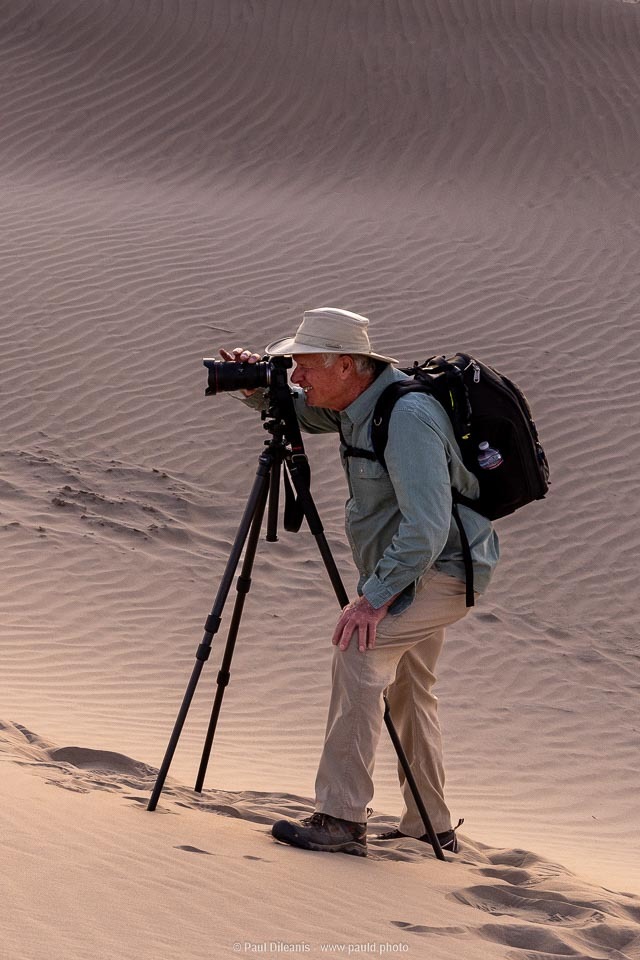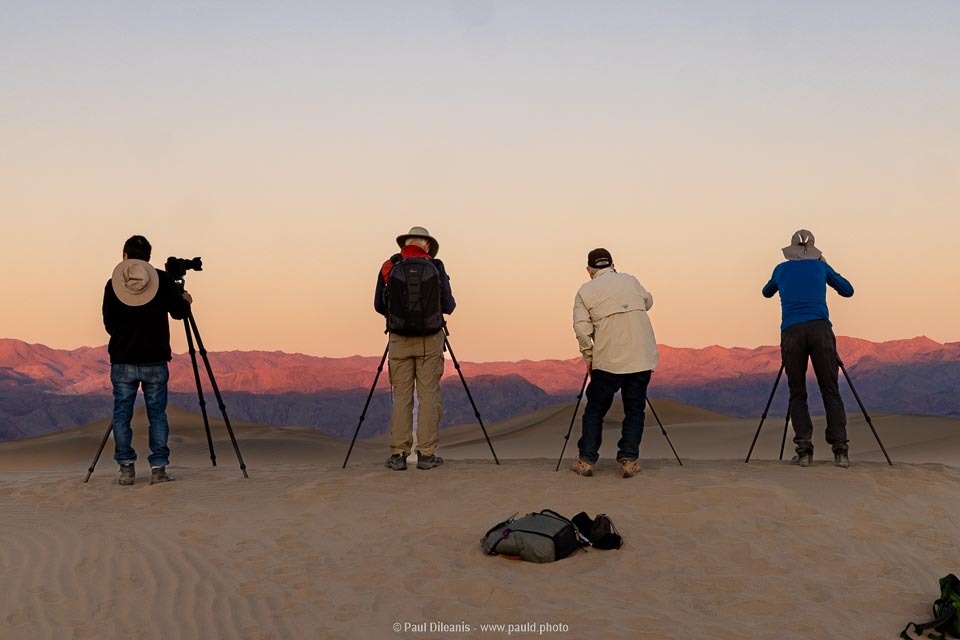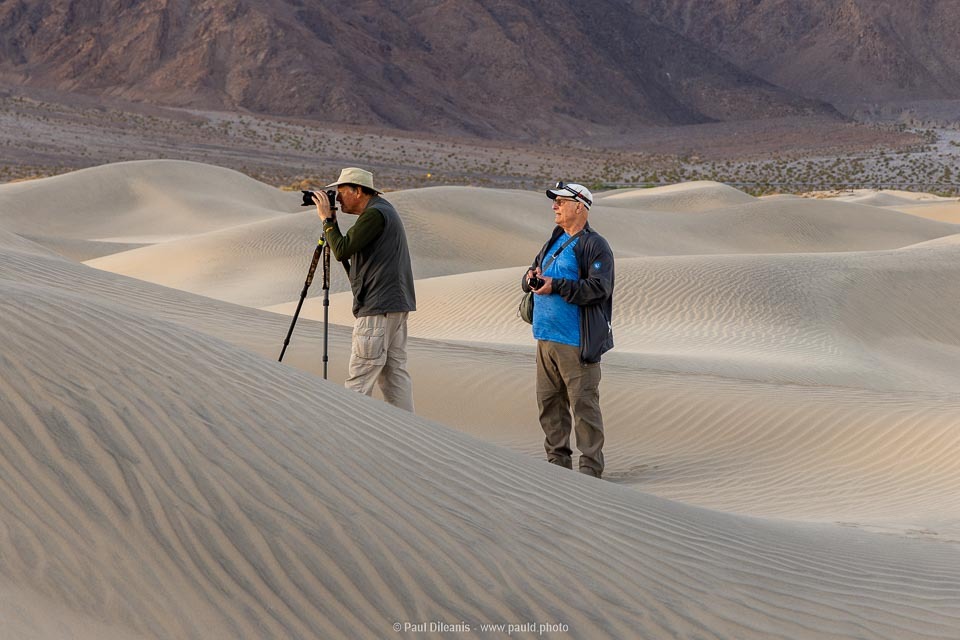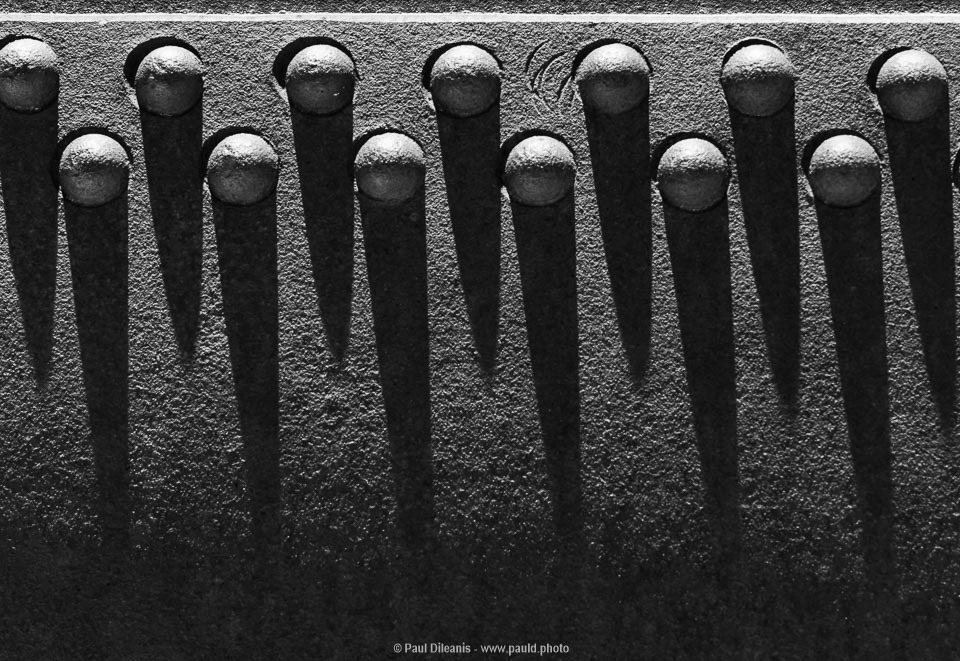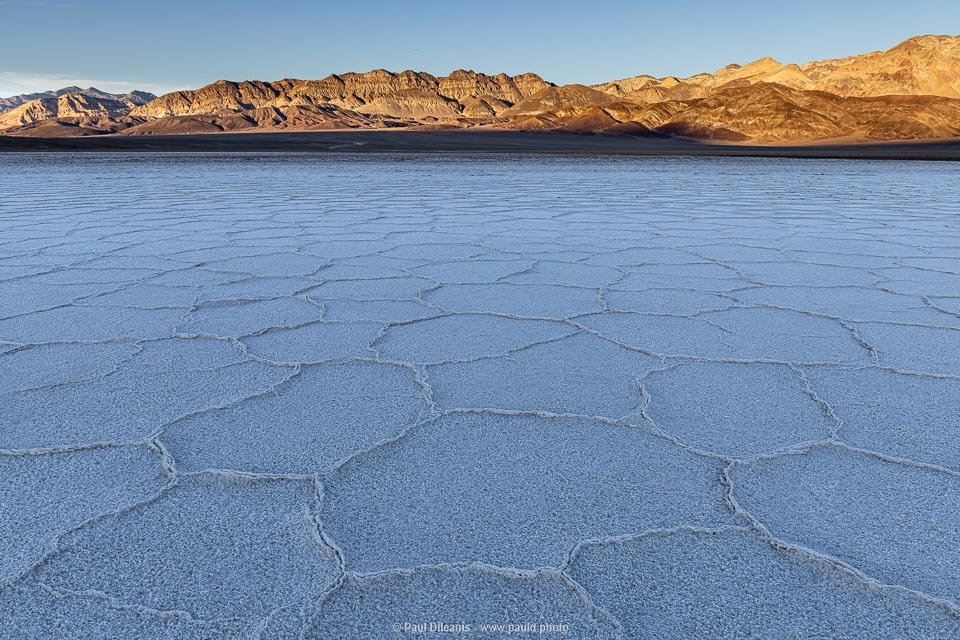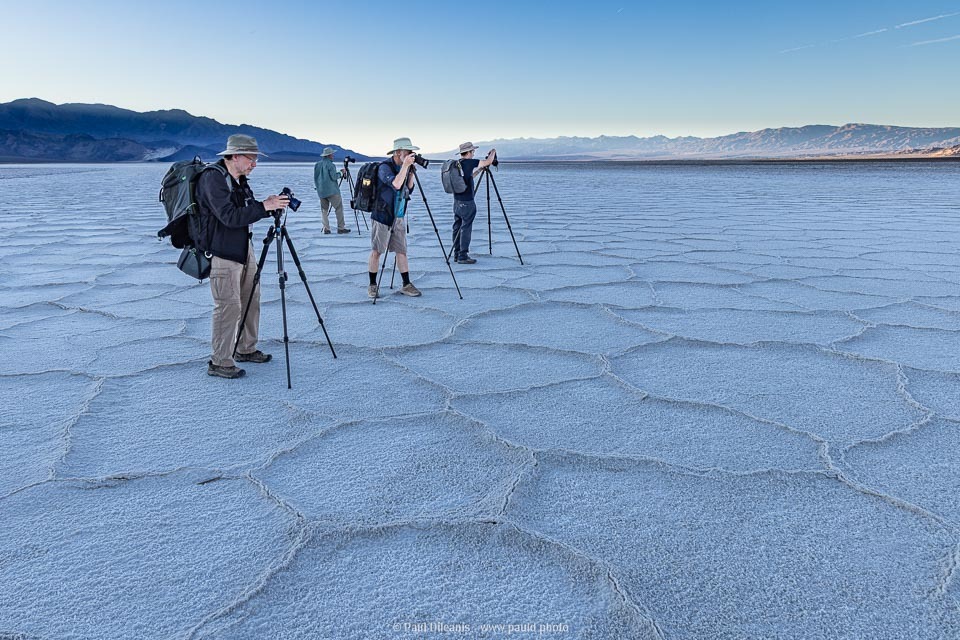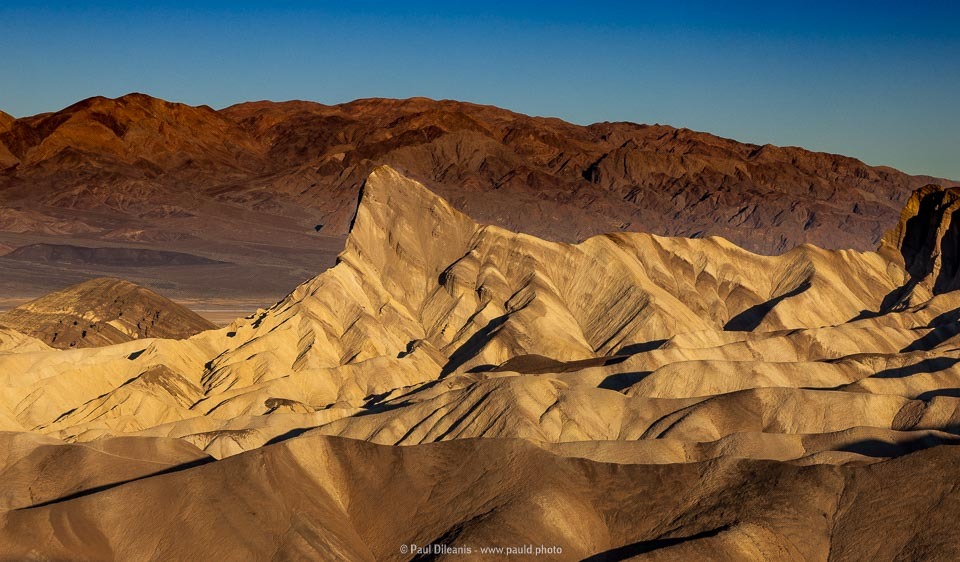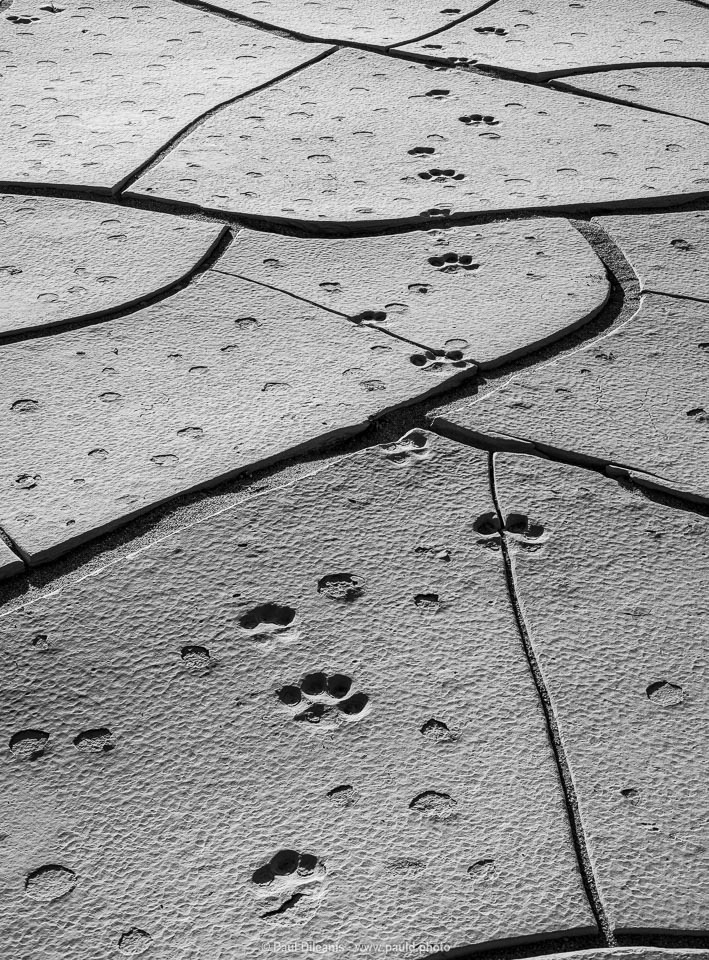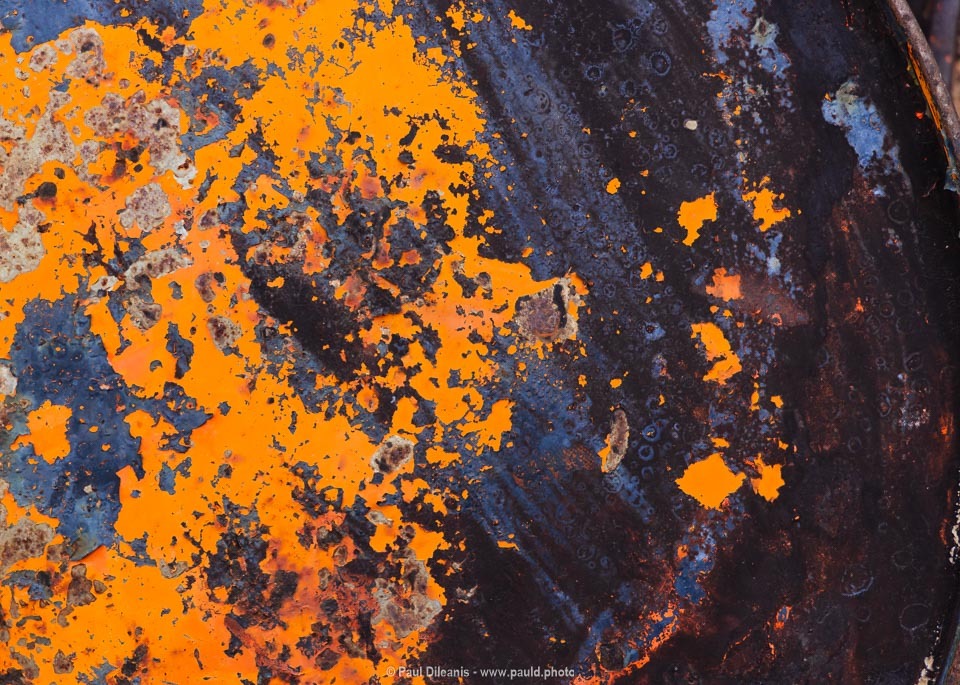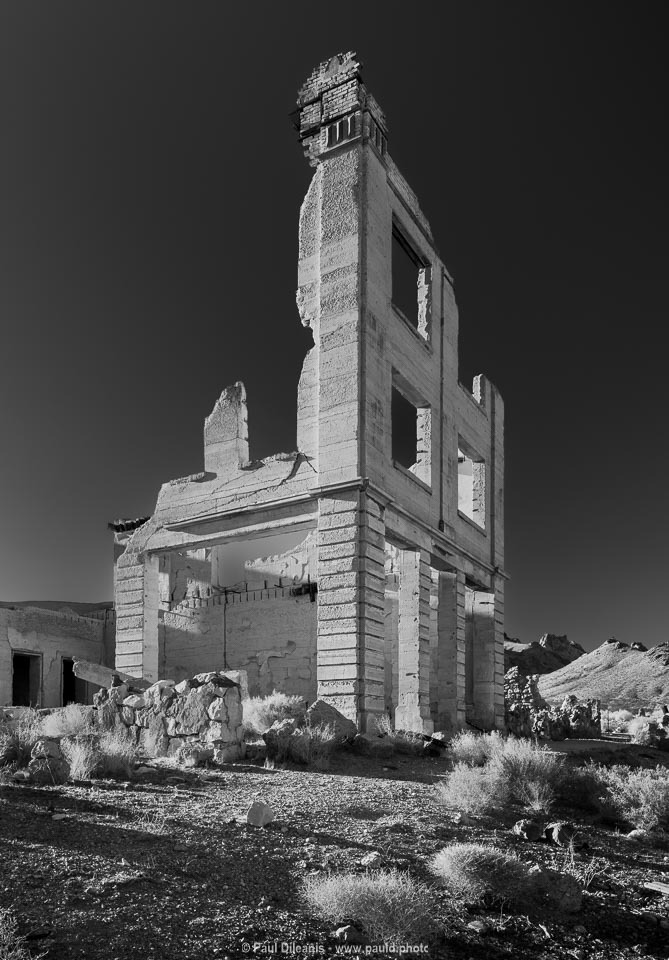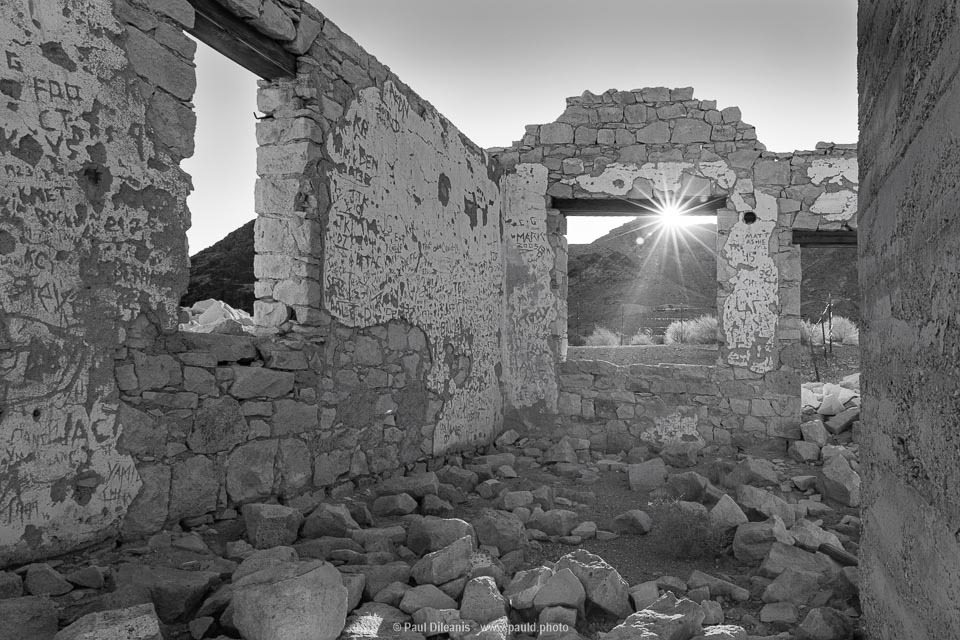Chasing Light in Death Valley: March 2025 A Photography Workshop to Remember
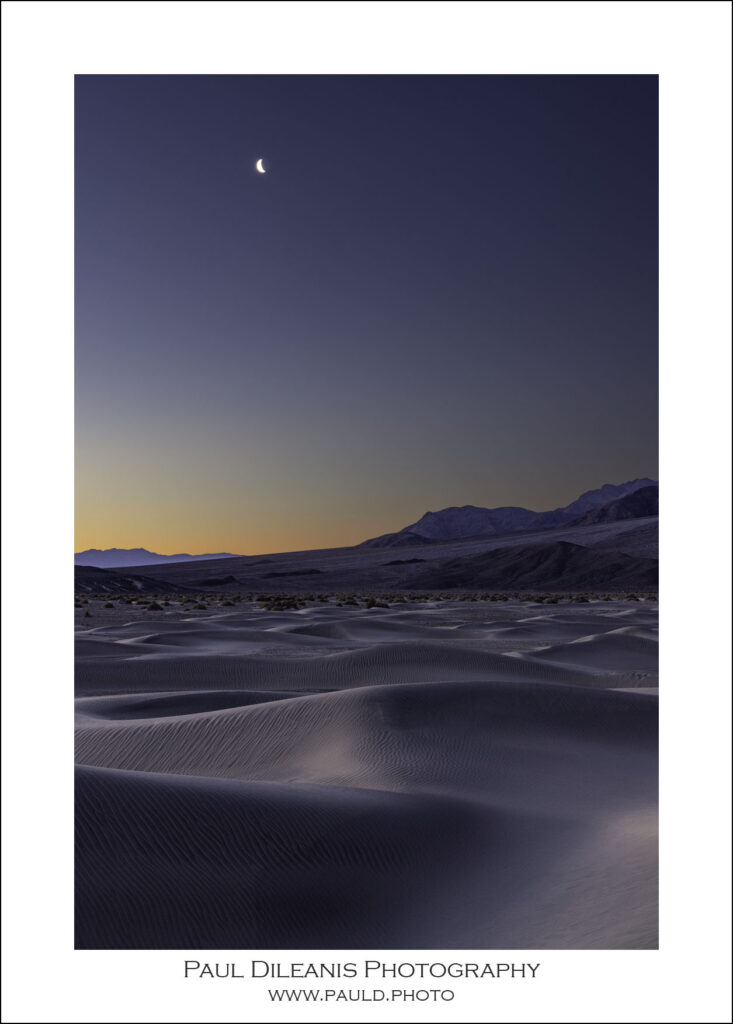
There’s something about Death Valley that keeps pulling me back. Perhaps it is the way the light dances across the dunes at sunrise and how the night sky opens, revealing a Milky Way so vivid it feels like you can reach out and touch it. On March 23rd -27th of this year I had the privilege of leading a four-day photography workshop in this remarkable landscape, guiding a group of passionate photographers through some of the park’s most iconic and challenging locations. (Scroll to the bottom for a link to the workshop gallery)
The Journey Begins
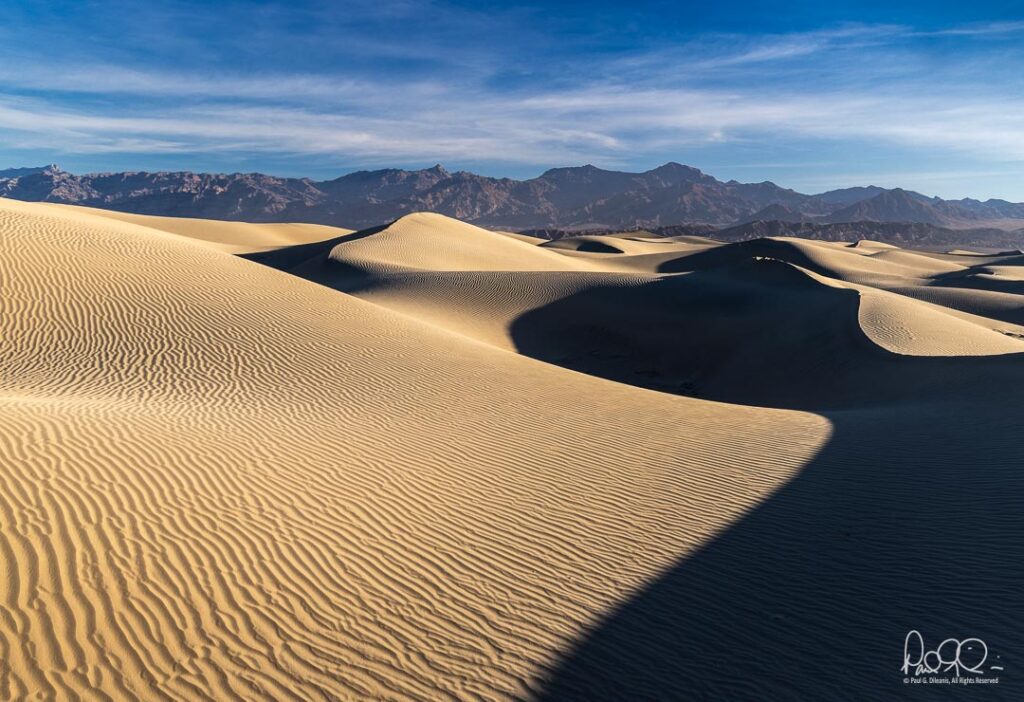
Our adventure started with an early morning visit to Mesquite Flat Sand Dunes. There’s no easy way to get to the best dunes, you must be willing to get up before dawn and hike. Departing before sunrise, we trekked out past the well-traveled areas to find pristine, untouched sand. It was pure magic. The first light of dawn painted the dunes with dramatic golden light revealing endless compositions with sweeping curves and dramatic shadows. The group quickly spread out, each person finding their own perfect shot.
Keane Wonder Mine
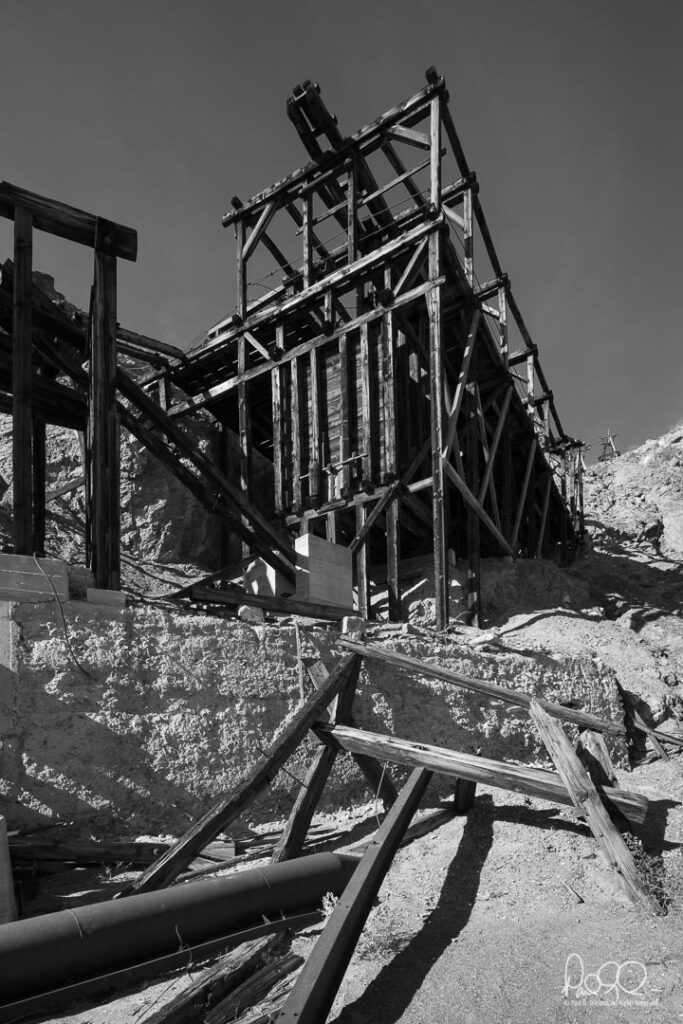
Later that day we took a step back in time at Keane Wonder Mine, a relic of Death Valley’s mining history. Rusting machinery and abandoned structures stood against a backdrop of rugged mountains. An inspiring location for photographers drawn to historical and environmental storytelling through photography.
Salt Polygons
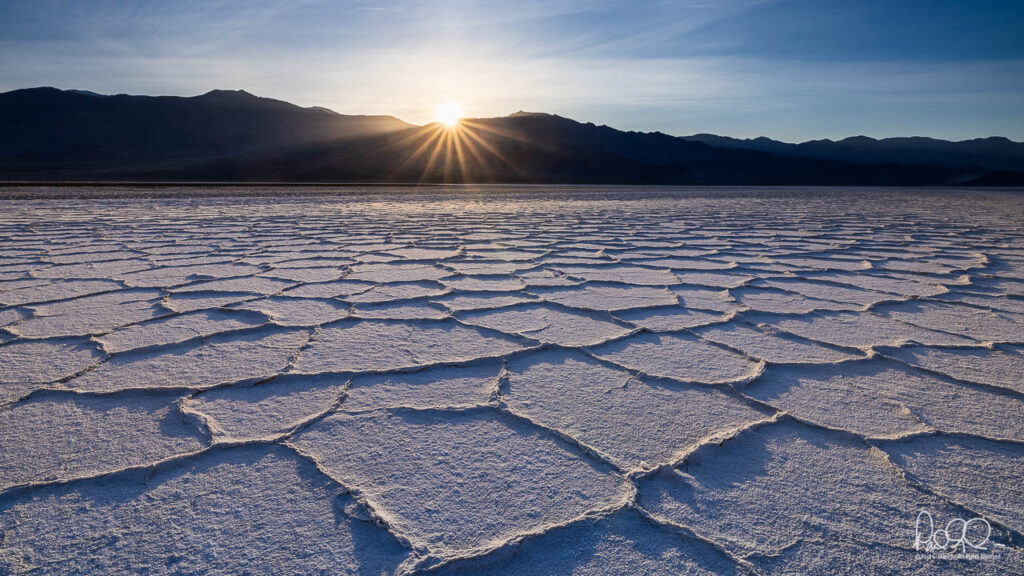
One of the highlights of the workshop was our visit to Badwater Basin, home to the famous salt polygons. These naturally occurring formations create a surreal, otherworldly foreground for landscape photography. The salt polygons had been wiped out by flooding in 2024, but scouting the area around Badwater with my brother before the workshop we discovered a site where new polygons were beginning to take shape. The newly emerging polygons formed intricate patterns that stretched toward the horizon. On the first day of the workshop we timed our arrival for late in the afternoon. The sun, low in the sky, created a strong cross light which raked across the polygons making them stand out in stark relief. The challenge here was perspective. Getting low, experimenting with angles, and playing with leading lines allowed us to create images with depth and drama. We stayed on after the sun dropped behind the mountains to capture the last light as it softly illuminating the delicate shapes. When we left, we knew we had captured something truly special.
Milky Way and Sunrise at Zabriskie Point
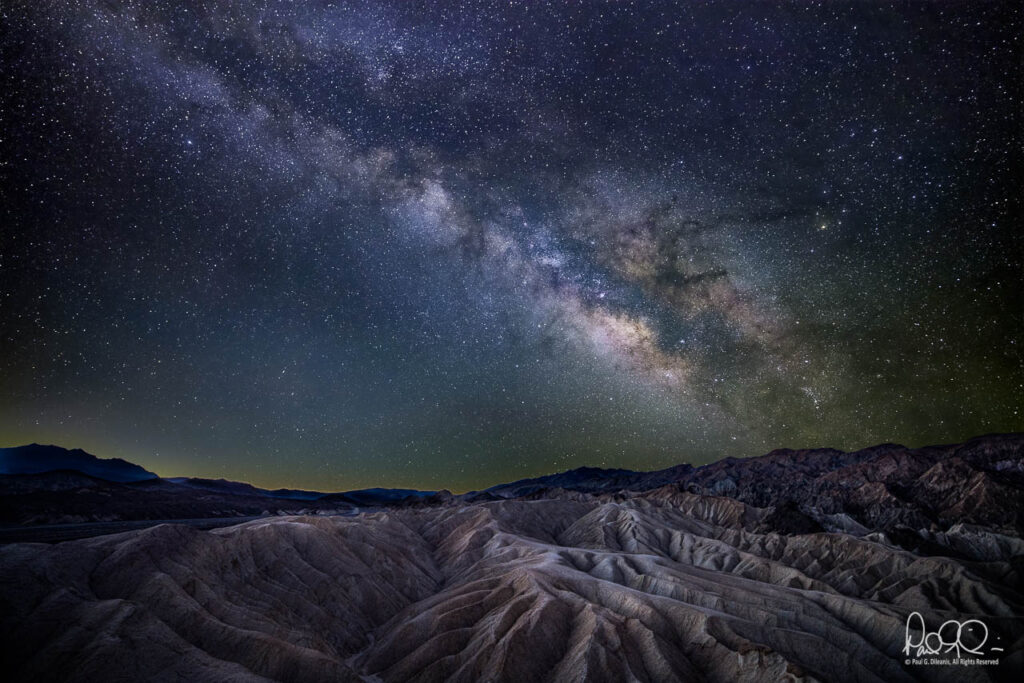
Zabriskie Point is one of those places that is never disappointing no matter how many times you’ve photographed it. For this workshop, we arrived a few hours before dawn to capture the Milky Way over the alien-like landscape of the Zabriskie Badlands. The conditions were perfect with clear skies and almost no light pollution. Seeing those first exposures pop up on everyone’s screens with sharp stars and rich detail in the galactic core was one of the most rewarding moments of the workshop. As the light on the landscape increased the challenge became to capture the changing light on the terrain around Zabriskie Point. Starting with the soft light during the blue hour we continued to photograph as the sun rose to reveal the colors, textures and shadows of Manly Beacon capturing the atmosphere and moods of the surrounding landscape.
Return to Mesquite Flat Dunes
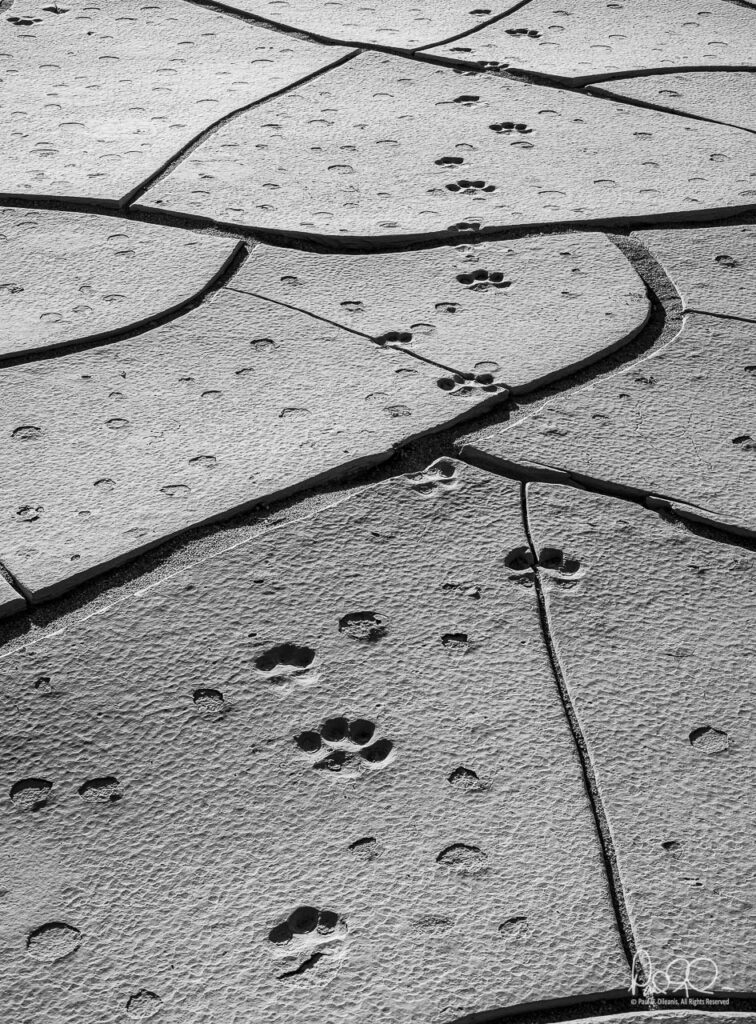
On the third morning of the workshop we returned to Mesquite Flat Dunes. This time we approached from the north heading to an area where the dunes are taller. As we trekked across the desert in the predawn light, the moon hung in a crescent above the undulating waves of dunes. In addition to more great dune shots, this area held a surprise. The sands had shifted to reveal a field of ancient, dry lakebed filled with intricate tiled patterns formed by cracks in the mud. Among the many abstract shapes to be photographed we discovered the footprints of coyotes, birds and other wildlife frozen in time which made for some intriguing compositions.
Rhyolite

Rhyolite, Nevada is a hauntingly photographic ghost town near Death Valley. We explored the decaying buildings, rusted relics and crumbling facades on the afternoon of the last day of the workshop. In addition to its photographic allure, Rhyolite offers a rich backdrop of history and includes the famous Bottle House, abandoned train depot, and the Goldwell Open Air Art Museum. After sunset we had dinner in Beatty before heading back to Stovepipe Wells for the night.
More Than Just a Workshop
Beyond the locations, what made this workshop truly special was the group. Photography workshops are about more than just taking great images, they are about the shared experience. Each person brought their own unique vision and perspective. During the workshop we spent time refining composition techniques, experimenting with exposure, and learning the art of patience in landscape photography. As a result everyone walked away with new skills, fresh inspiration, and a collection of images that told a story of our time in Death Valley.
As I reflect on these four days, I’m already looking forward to the next adventure. If you’ve never experienced Death Valley through the lens, I can’t recommend it enough. And if you’re looking to take your landscape photography to the next level, maybe I’ll see you at the next workshop.
Paul
